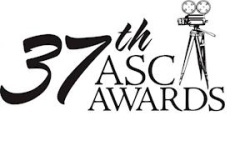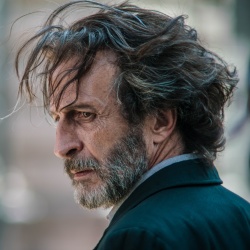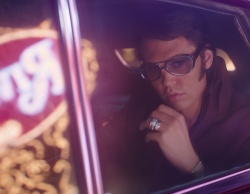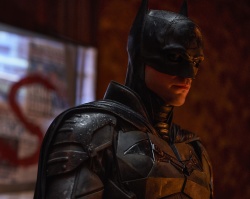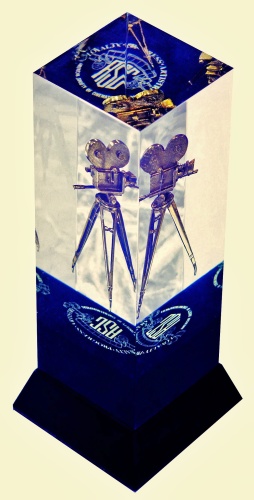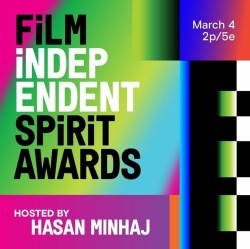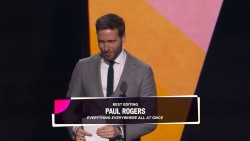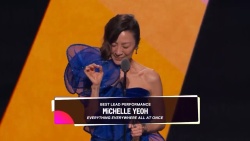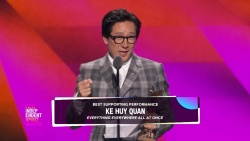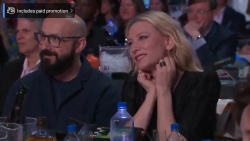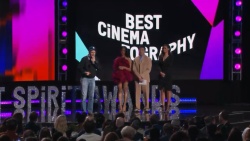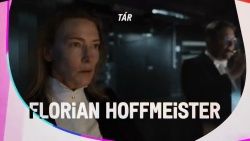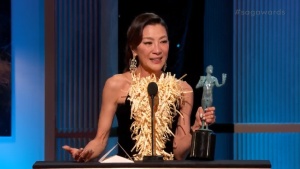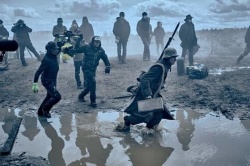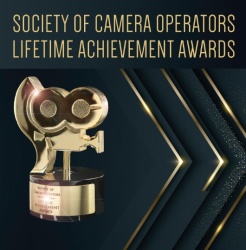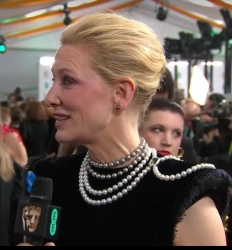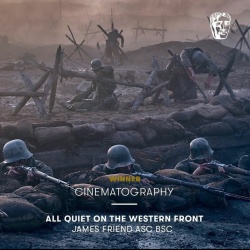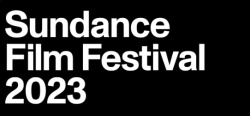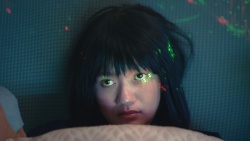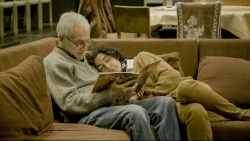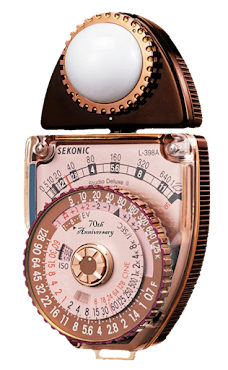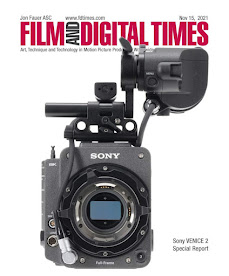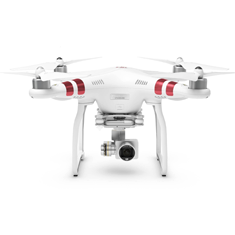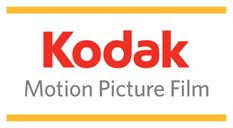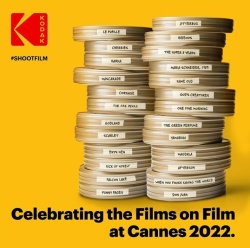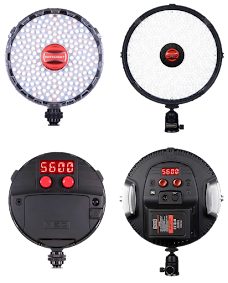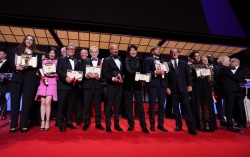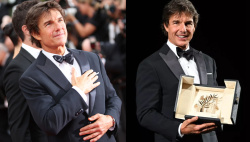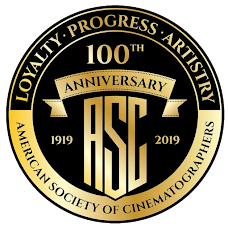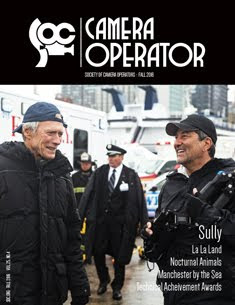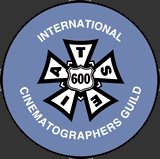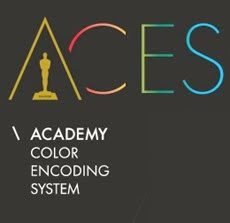A Guide to Handheld Camera Operating with Sean Bobbitt, BSC, from the ARRI Workshop at this year's Camerimage Film Festival. This is a must see presentation for all cameraman. Enjoy!
A GUIDE TO HAND HELD CAMERA OPERATION W/ SEAN BOBBIT, BSC
BEST CINEMATOGRAPHY NOMNEES. SPIRIT AWARDS 2013
Nominations Best Cinematography
Best Cinematography
Sean Bobbitt, 12 Years A Slave
Benoit Debie, Spring Breakers
Bruno Delbonnel, Inside Llewyn Davis
Frank G. Demarco, All Is Lost
Matthias Grunsky, Computer Chess
Best Director
Shane Carruth, Upstream Color
J.C. Chandor, All Is Lost
Steve McQueen, 12 Years A Slave
Jeff Nichols, Mud
Alexander Payne, Nebraska
Best Feature
12 Years A Slave
All Is Lost
Frances Ha
Inside Llewyn Davis
Nebraska
Best Screenplay
Woody Allen, Blue Jasmine
Julie Delpy, Ethan Hawke & Richard Linklater, Before Midnight
Nicole Holofcener, Enough Said
Scott Neustadter & Michael H. Weber, The Spectacular Now
John Ridley, 12 Years A Slave
DECLAN QUINN, ASC MASTER CLASS. ONE FILM. ONE DAY
CINEMATOGRAPHERS ROUNDTABLE
FUJIFILM RELEASES A NEW LENS. THE CABRIO 19-90MM
Videographers used to shooting video in a typical ENG-style will be very comfortable with the servo. Cinematographers will also be right at home with this lens. With the detachable drive removed, the lens is set to accept industry standard cine motors and matte boxes. Plus, the lens has all the lens data output that appeals to a Cine-style shooter. LDS and /i metadata compatibility is very useful when you want to record the position information of zoom, iris and focus for computer animation and other uses.
The digital servo on the 19-90mm Cabrio has 16-bit encoding, so operators can be assured that all lens data output is extremely accurate.
The 19-90mm covers 31.5mm sensor size on a digital cinema style camera. While sensors on standard broadcast cameras are all the same size, sensors on digital cine cameras vary greatly. This new zoom ensures the image captured will cover large sensors for optimal, full-frame resolution. A nine-blade iris part of the design as well, creating the most natural-looking imagery possible.
Barrel markings are luminous for visibility in dark shooting situations. Distances are listed in feet or meters and can be changed in the field.
The 19-90mm can be controlled using cinema industry standard wireless controllers, as well as existing Fujinon wired and wireless units. Whether you are from a film background or a video one, the Premier PL 19-90 offers uncompromising quality and unprecedented flexibility.
PANAVISION UNVEILS NEW PRIMO V LENSES OPTIMIZED FOR DIGITAL CAMERAS
Panavision
CINE METER APP FOR iOS 5
In the past I have provide you with resource lists of iOS and Android applications for the cinematographer, some still are free offering basic software and others are paid, offering more professional software like the Depth of Field (DOF) Calculator that can help you get a job done a little better or a little faster than before.
The false-color picture lets you define allowable contrast ranges, and see instantly which shadows are underexposed and what highlights risk clipping:
How To...
Check exposure: aim the camera at the scene, and read off the exposure (use the spot meter if necessary to narrow down the area of interest). You can tap EXP to freeze the reading, and then vary ISO and shutter to see how aperture changes even if you are no longer pointing the camera at the scene.
Compare exposures: aim the camera at a gray card or other reference target, and tap EXP. Cine Meter will hold that exposure, letting you walk around the set and look at the waveform monitor and false-color displays to compare light levels to your reference.
Compare white balances: aim the camera at a white or gray card under your reference lighting, and tap EXP to lock the white balance. Cine Meter will hold that white balance, and you can use the RGB mode of the waveform monitor to examine the color balance as you walk around the set. (The range of color temperatures and lighting spectra that Cine Meter will properly white balance to is entirely dependent on the camera in your iDevice: some accommodate a wider range of white points than others do.)
Check lighting evenness: when you need flat, even lighting (on a greenscreen, white cove, test charts, or flat art), Cine Meter’s waveform monitor shows you the relative light levels across the camera’s field of view in a single glance. It’s a lot quicker to use the waveform monitor than to spot-meter several points across the field of view, or to take multiple incident readings to get the same information.
Match color temperatures: using WB and the RGB waveform monitor makes it very simple to compare LCD displays, different LED lights, or any other combinations of radiant or reflected lights. If you use WB on a known-good source (or a white card illuminated by it), the differing RGB levels when looking at another source will indicate how you have to color-correct it to make it match, without the subjectivity of the human eye.
more how to...
SEAMUS MCGARVEY, ASC BSC AT GCI
©georgeleon/filmcastlive 2013
CANON FIRMWARE UPDATES FOR EOS -1DX AND EOS 1D-C
Improved Operability for the EOS-1D X
Firmware version 2 upgrades and operability additions include a total of 10 features that are now new or improved:
• Enhanced AI Servo AF Performance in Low Light Conditions – The AI Servo focusing algorithm has been improved to allow more time for light sampling during AF activation prior to shutter release, enhancing AF performance in low-light situations. Additionally, initial AF control is now based on the new “+2 focus priority” setting of AI Servo 2nd Image Priority, which has higher distance measurement capabilities under low-light conditions. Upon full depression of the shutter button, settings from AI Servo 1st Image Priority take over and then settings from AI Servo 2nd Image Priority are applied on any subsequent images in the burst. This increases the probability that the first image in a burst sequence will be as sharp as possible.
• Improved Acceleration/Deceleration Tracking Parameters – To improve tracking performance of fast-moving subjects that fill the frame, additional parameters for acceleration/deceleration tracking in AI Servo AF have been added to provide photographers with more precise control when photographing rapidly moving subjects that accelerate or decelerate quickly or unexpectedly. In response to feedback from professional photographers, these new settings have been added to handle larger differences in speed (i.e., the rate of change in image magnification) compared to the previous firmware.
• AF Point Switching According to Camera Orientation – In addition to programming the EOS-1D X camera to automatically switch to a different AF point and area selection mode based on camera orientation, firmware version 2 adds the option of programming only the AF point according to camera orientation (horizontal, grip up and grip down). This new ability to select up to three different AF points according to camera orientation allows for greater customization of the camera to specific shooting styles.
• Expanded Minimum Shutter Speed in Auto ISO – In response to user feedback, this improved functionality in Auto ISO enables photographers to select a minimum shutter speed as high as 1/8000th of a second to freeze moving subjects.
• Exposure Compensation in Auto ISO with Manual Mode Set – This new function enables photographers to manually set a desired shutter speed and aperture, use Auto ISO to control the exposure, and use Exposure Compensation to adjust the exposure for challenging lighting conditions (e.g., a very dark or very bright background). This new function can be activated through the Quick Control Dial or by using the Main Dial while pressing the SET button.
• Same Exposure for New Aperture in Manual Mode – This new firmware feature provides users with the ability to maintain consistent exposure levels in Manual mode when the aperture changes, for example when a photographer shoots at maximum aperture with a variable-aperture lens (such as the Canon EF 70-300mm f/4-5.6L IS USM telephoto zoom) or when using a lens equipped with built-in extender (such as the EF 200-400mm f/4L IS USM Extender 1.4X). The feature gives users the option to have the camera adjust the shutter speed or the ISO to compensate for the aperture change.
• Display Protected Images Only – Users can now page through protected images only via an option on the main dial. This feature already exists with rated images, and is an expansion of that capability.
• EF Lens Communication – The new service update for the EOS-1D C Digital SLR Cinema camera will enable Canon EF-mount Cinema lenses to store lens metadata in the video recorded by the camera. Furthermore, Canon EF-mount Cinema lenses will be supported by Peripheral Illumination and Chromatic Aberration Correction functions, helping to improve overall image quality [1].
The update for the Canon EOS-1D C Digital SLR Cinema camera is scheduled to be available November 2013, and will be installed at no charge as a service upgrade that requires the camera to be sent to an authorized Canon Factory Service Center. For more information please visit: www.usa.canon.com/
PANASONIC LAUNCHES A NEW AFFORDABLE HD CAMERA
The lightweight but powerful AC8PJ camcorder is ideal for shooting corporate and events, weddings and documentaries and action packed sporting events, boasting 720p at 8Mbps. The camera weights 5lbs offering less shoulder strain for long shooting periods.

for more info visit Panasonic
SAN DISK INTRODUCED THE FASTEST CF CARD
ARRI UNVEILED AMIRA. A NEW DOCUMENTARY STYLE CAMERA
ibc 2013
ARRI SHOWS PROTOTYPE RGB+Z CAMERA AT IBC 2013
By delivering synchronized video data and depth data, the camera will permit video images to be manipulated in the same way as CGI. Work by project partners will allow CGI models to be animated “with all the naturalism of real actors and real locations”. It is presented by Thomas Hach.
Dr Johannes Steurer, Arri’s principal research & development engineer, explained: “Even though it is still a prototype we are confident that the post production industry will be highly interested in the new possibilities this technology offers. Compositing, color grading, keying and many more post tasks can be facilitated by our new camera.
“It provides cutting-edge, high resolution RGB images with fully synchronized depth maps, where both are taken through the same lens and hence feature a parallax-free 3D image of the scene.”
View Arri's timetable at IBC Big Screen
CANON EOS-1DC. THE FIRST HD TIER 1 DSRL
The 4K capable camera is the first DSLR to meet the EBU Tech 3335 requirements that show it delivers an image of high enough quality for broadcast production.The camera was specifically designed for motion picture capture has been tested and approved by the European Broadcasting Union (EBU) for HD content acquisition. It's the first DSLR to get on the EBU's list as a camera of high enough quality for use as a broadcast production tool.
http://tech.ebu.ch/camtest
MASTER WORKSHOP ON DIGITAL CINEMATOGRAPHY IN VENEZUELA
The “Master Workshop on Digital Cinematography” will take place between September 2-15, 2013, in
the city of Caracas, as a technical module part of the “First
Certification Program for Directors of Photography”, promoted by the Venezuelan Cinematography Society (SVC for its Spanish initials), with the support of the Autonomous National Center for Venezuelan Cinematography (CNAC for its Spanish initials) and based on the academic platform of the recently founded School for Cinematographic Technicians José Manuel Funes.



























